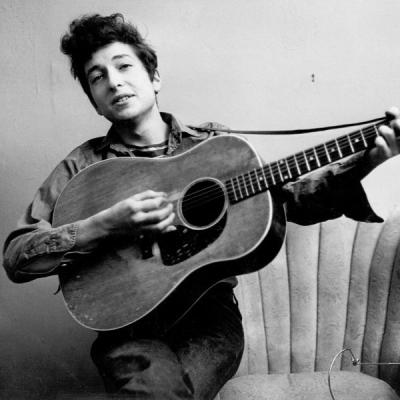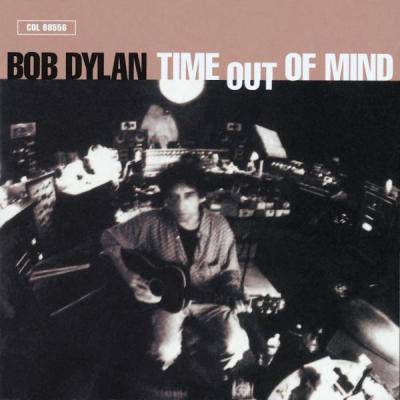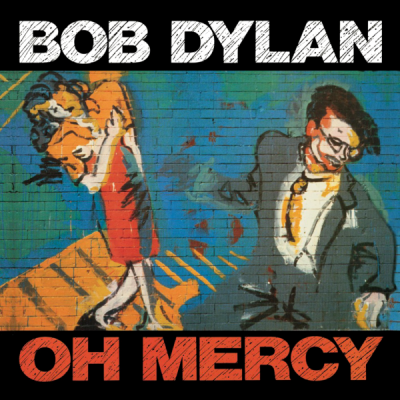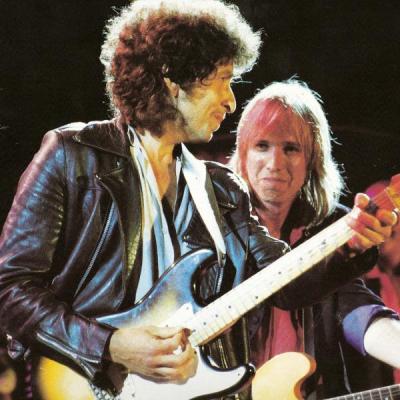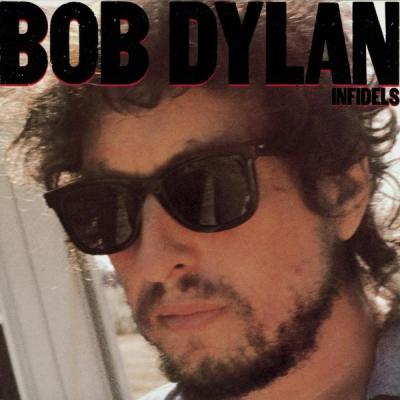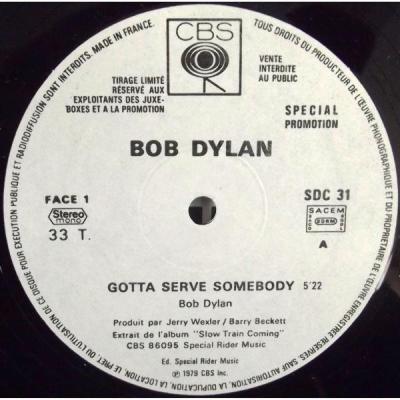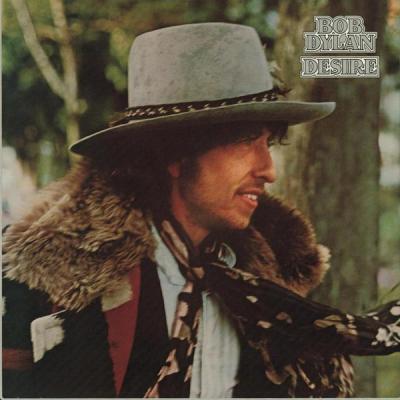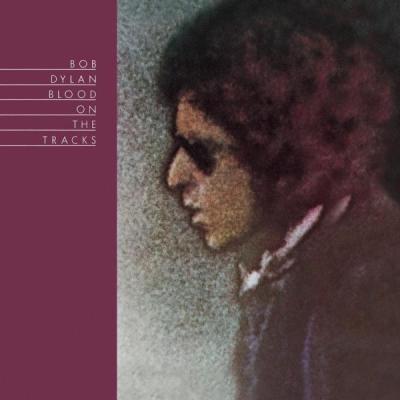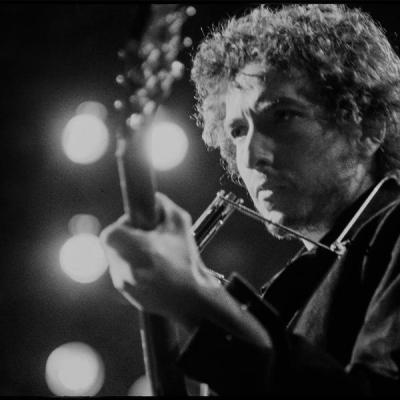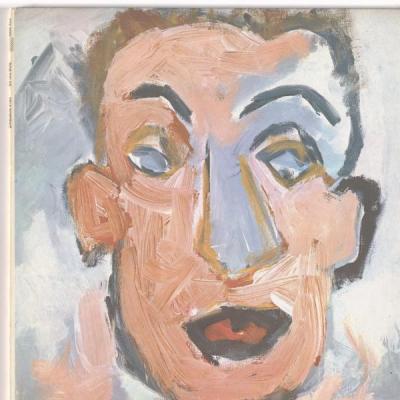

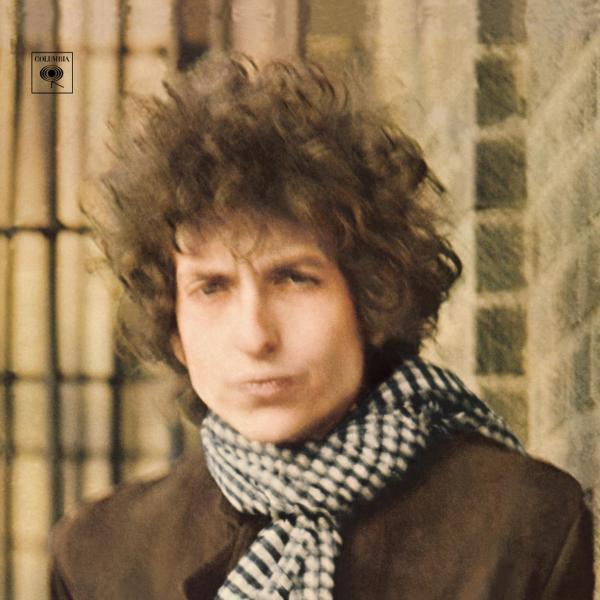
Bob Dylan: Blonde on Blonde
Episode 7
Episode date - July 27, 2007
When Neil Young sang “It’s better to burn out than to fade away", he very well might have been thinking about Bob Dylan. Few musicians in the history of recorded music have attracted as much attention as Dylan did in 1966, and even fewer musicians were quite as willing to fly in the face of people’s expectations.
While the anti-electric contingent grew more and more vocal, Dylan never yielded to them. In many ways, it appeared as though their attitudes provided fuel for his astounding output and energy level. He continued to march to the beat of his own drummer, and this resulted in a continuous series of showdowns during most live performances. Meanwhile, his record sales increased, and his name recognition rose to gargantuan proportions.
From today’s perspective, it’s very easy to see Dylan’s stylistic changes as a steady growth toward the inevitable, but in the heat of the moment it was difficult to determine the logic of his path. You must remember that in 1966 there were no guarantees that a new audience would embrace Dylan, especially in light of the fact that his strongest fan base now attempted to define him as “Judas”. He deliberately set sail into uncharted territory, and the old-school folkies were the modern-day equivalent of “Flat earth” believers. Many of them left the impression that they hoped that he would sail over the edge. In a sense, they would get their wish.
By the summer of 1966, everything was reeling out of control, but Bob Dylan tried very hard to stay focused on his creative muse. With some difficulty, he assembled a band to accompany him on a tour of the United States and Europe. He also accumulated enough material to release a double album, the first of its kind for a ‘pop’ album. While the whirlwind blew all around him, Dylan grew tired of the verbal assaults, the negativity, and the blind resistance to change. He stood his ground, but it forced him to burn the candle at both ends. Eventually, he just burned out. On July 29, 1966, the brakes on Dylan’s Triumph motorcycle locked and threw him to the ground, breaking his neck. This incident began a period of ‘convalescence’ that would last for almost two years, or the same length of time since he recorded “Another Side of Bob Dylan,” which was four albums ago, and maybe as many lifetimes. The accident gave him cause to rethink his situation, and he knew he did not want to jump back into the fray, so he took the opportunity to sit things out and reassess his situation from within.
With Dylan suddenly out of the limelight, his rabid fan base – and especially those who criticized his motives – started to miss him. Suddenly, they didn’t have Bob Dylan to kick around anymore.
Here’s a list of songs covered in this program;
I Wanna Be Your Lover
Rainy Day Women #12 and #35
I Want You
Memphis Blues Again
Most Likely You Go Your Way and I Go Mine
Absolutely Sweet Marie
Just Like a Woman (live version)
Visions of Johanna (live version)
Leopard-Skin Pill-Box Hat (live version)
Sad Eyed Lady of the Lowlands (edited)
Channel 133 - Bob Dylan


